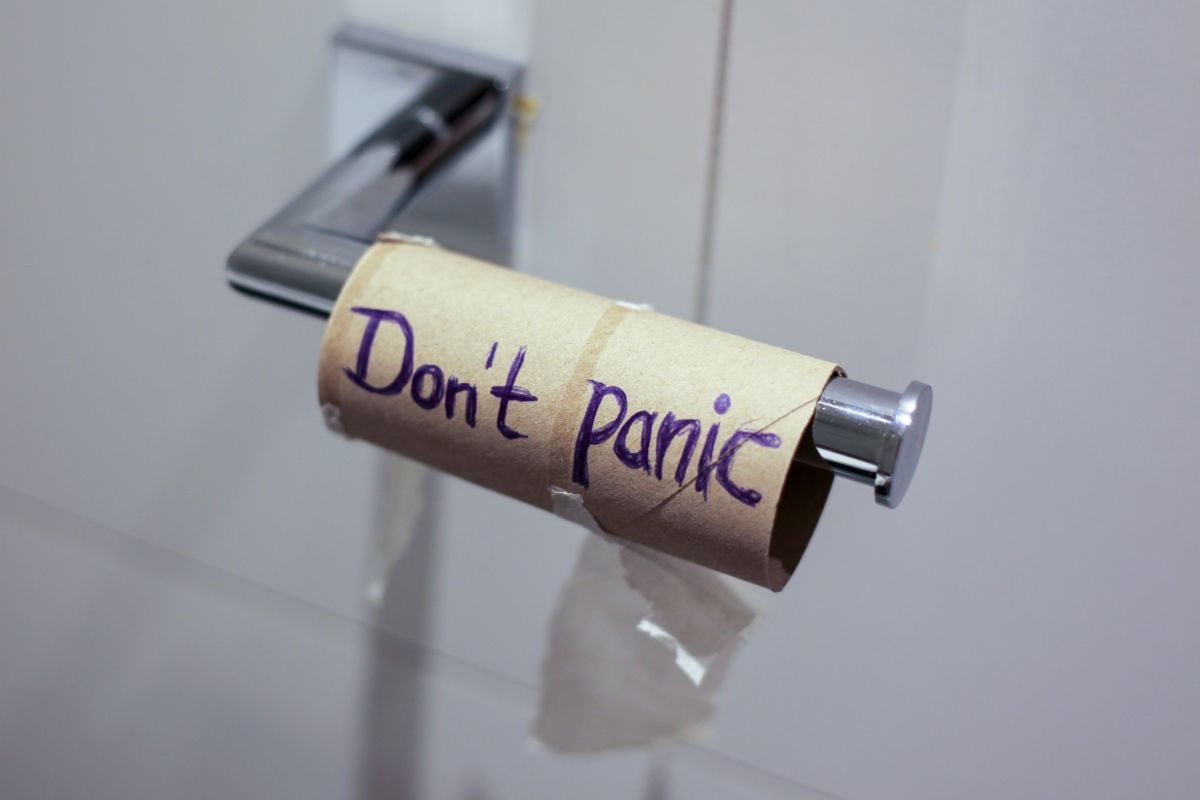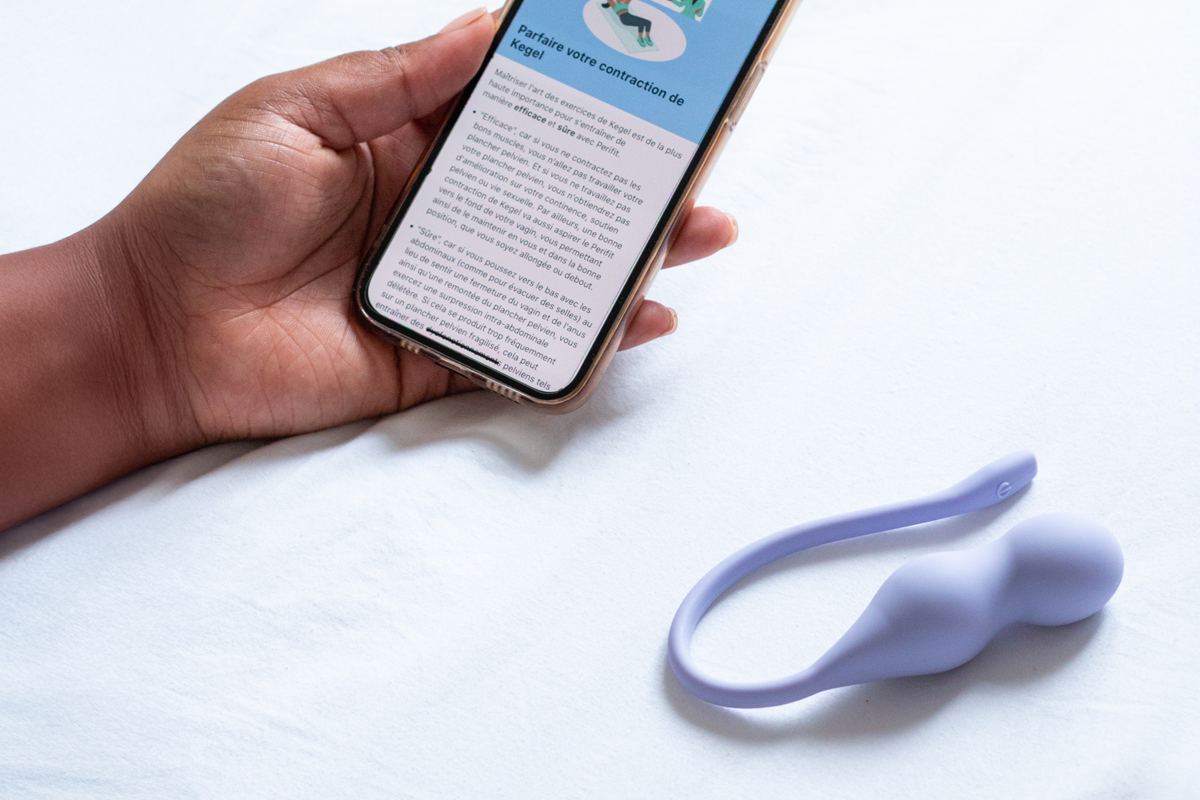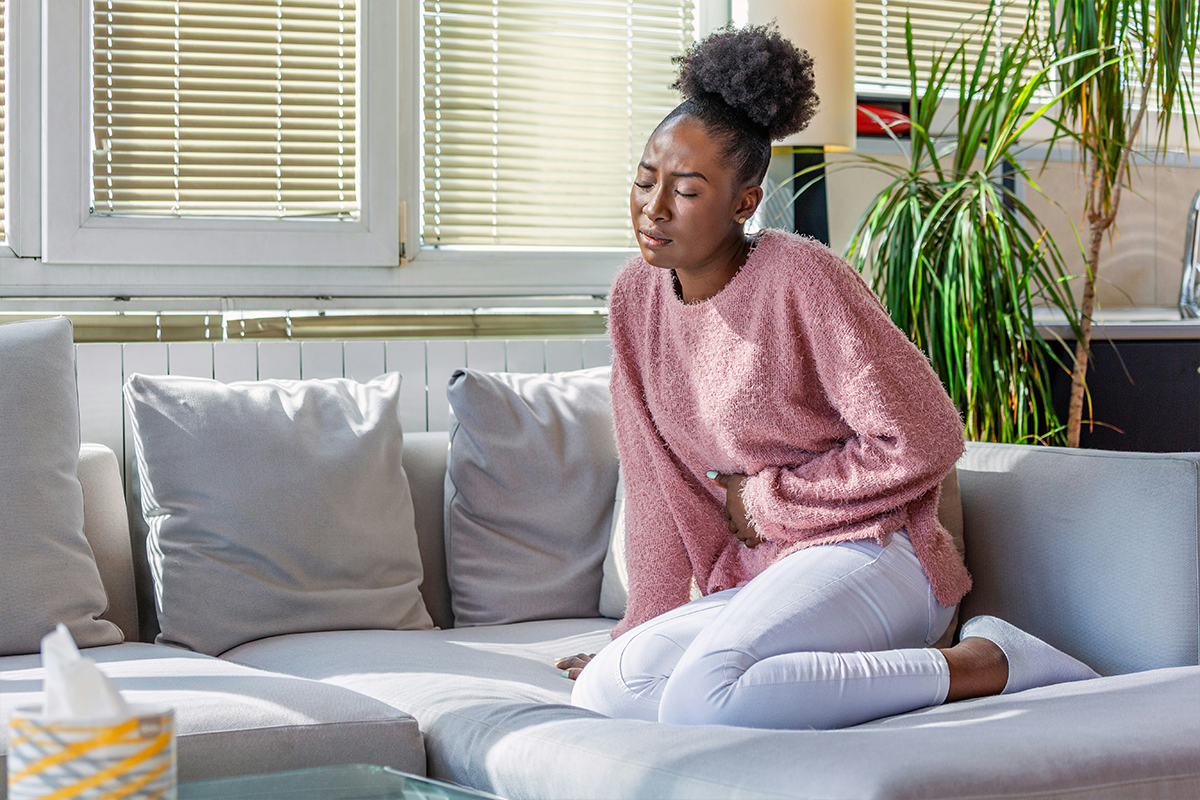Maintaining pelvic health is crucial for overall well-being, especially when it comes to preventing uncomfortable conditions like hemorrhoids. Let’s explore the connection between pelvic floor health and hemorrhoids, and discover effective strategies for relief.
What are hemorrhoids?
Hemorrhoids, or piles, are swollen veins located in the lower rectum or around the anus. They are incredibly common—by age 50, about half of adults have experienced symptoms such as rectal pain, itching, bleeding, or even a palpable lump near the anus. Hemorrhoids are classified as either internal (within the rectum) or external (under the skin around the anus), with external hemorrhoids often being more uncomfortable due to irritation or clot formation.
Causes
The primary causes of hemorrhoids include:
- Chronic constipation and straining during bowel movements
- Prolonged sitting on the toilet
- Pregnancy, due to increased pressure from the uterus
- Aging, which weakens the connective tissues supporting the veins
- Obesity, which increases pressure in the pelvic region
Symptoms
Typical symptoms are:
- Bright red rectal bleeding, especially after a bowel movement
- Itching or burning around the anus
- A sensation of incomplete bowel emptying
- Swelling or a lump near the anus
- Mucus discharge or mild fecal leakage
The direct link: How a weak pelvic floor contributes to hemorrhoids
Emerging research highlights a strong association between pelvic floor dysfunction and hemorrhoidal disease, especially in women. MRI studies show that individuals with hemorrhoids are more likely to have defects in the levator ani muscle and a reduced obturator internus muscle area—both clear indicators of a weakened pelvic floor. But how exactly does a weak pelvic floor contribute to hemorrhoids?
Mechanism 1: Straining & inefficient bowel movements
A dysfunctional pelvic floor often leads to uncoordinated defecation. Instead of relaxing the anal sphincter during a bowel movement, some people inadvertently contract it, making stool passage difficult. This results in excessive straining, which increases pressure on the rectal veins and can directly cause or worsen hemorrhoids.
💡 Chronic constipation—a common consequence of pelvic floor dysfunction—further exacerbates this cycle.
Mechanism 2: Lack of support
The pelvic floor muscles provide essential support to the rectum and anal canal. When these muscles are weak or damaged (as can occur after childbirth, with aging, or due to genetic factors), the veins in this area lose support and become more susceptible to swelling and protrusion, leading to hemorrhoids.
Mechanism 3: Chronic increased intra-abdominal pressure
Weak pelvic floor muscles are less effective at managing increases in intra-abdominal pressure, such as those caused by lifting heavy objects, chronic coughing, or obesity.
💡 This persistent pressure can overload the veins in the rectal area, contributing to the development of hemorrhoids.
Solutions & management: Strengthening your pelvic floor for hemorrhoid relief
Pelvic floor exercises
💡 Strengthening the pelvic floor is a cornerstone of both hemorrhoid prevention and management.
Kegel exercises, which involve repeatedly contracting and relaxing the pelvic floor muscles, are highly effective when performed correctly. For optimal results, focus on isolating the pelvic floor muscles without engaging the abdomen, thighs, or buttocks, and avoid holding your breath during the exercises.
In addition to classic Kegels, many women benefit from using pelvic floor trainers like Perifit Care. These devices provide real-time biofeedback, helping you ensure that you are engaging the correct muscles and, most importantly, learning to effectively relax your pelvic floor, which is essential for proper defecation. Biofeedback-based physical therapy, whether in-clinic or at home with a smart Kegel exerciser, can be especially helpful for those struggling with weak pelvic floor symptoms or inefficient bowel movements.
Lifestyle modifications
- Increase dietary fiber and water intake to promote softer stools and reduce straining.
- Avoid sitting for long periods on the toilet and respond promptly to the urge to have a bowel movement.
- Maintain a healthy weight and manage chronic coughs to minimize intra-abdominal pressure.
- Use proper lifting techniques to protect the pelvic floor.
- If you have a weak pelvic floor, be mindful to avoid exercises like heavy lifting or high-impact activities, as these can worsen your symptoms.
Seeking professional help
If you experience persistent hemorrhoids, pelvic floor pain during intercourse, or other signs of pelvic floor dysfunction, consult a pelvic health specialist. Physical therapists trained in pelvic floor rehabilitation can provide individualized assessment and guidance, including advanced biofeedback techniques and tailored exercise programs.
Are hemorrhoids a sign of pelvic floor dysfunction?
Recent studies confirm that women with hemorrhoidal disease are more likely to have structural pelvic floor abnormalities, such as levator ani muscle defects and reduced muscle mass, compared to those without hemorrhoids. While not every case of hemorrhoids indicates pelvic floor dysfunction, their frequent co-occurrence suggests a strong link. Additionally, chronic hemorrhoids can contribute to pelvic floor dysfunction by altering normal bowel habits and increasing strain on the supporting muscles.
A weak pelvic floor is a significant, often overlooked contributor to hemorrhoidal disease. Addressing pelvic floor health with targeted exercises, lifestyle modifications, and expert guidance can not only provide hemorrhoid relief but also improve overall pelvic wellness. If you experience symptoms like pelvic floor pain during intercourse or notice weak pelvic floor symptoms, taking proactive steps—including the use of Kegel trainers like Perifit—can make a meaningful difference in your quality of life.
Sources:
- https://www.health.harvard.edu/diseases-and-conditions/hemorrhoids_and_what_to_do_about_them
- https://www.ncbi.nlm.nih.gov/books/NBK279467/
- https://pubmed.ncbi.nlm.nih.gov/38987115/
- https://www.health.harvard.edu/blog/treating-constipation-with-biofeedback-for-the-pelvic-floor-2019051616638
- https://www.mayoclinic.org/diseases-conditions/rectocele/diagnosis-treatment/drc-20353419





